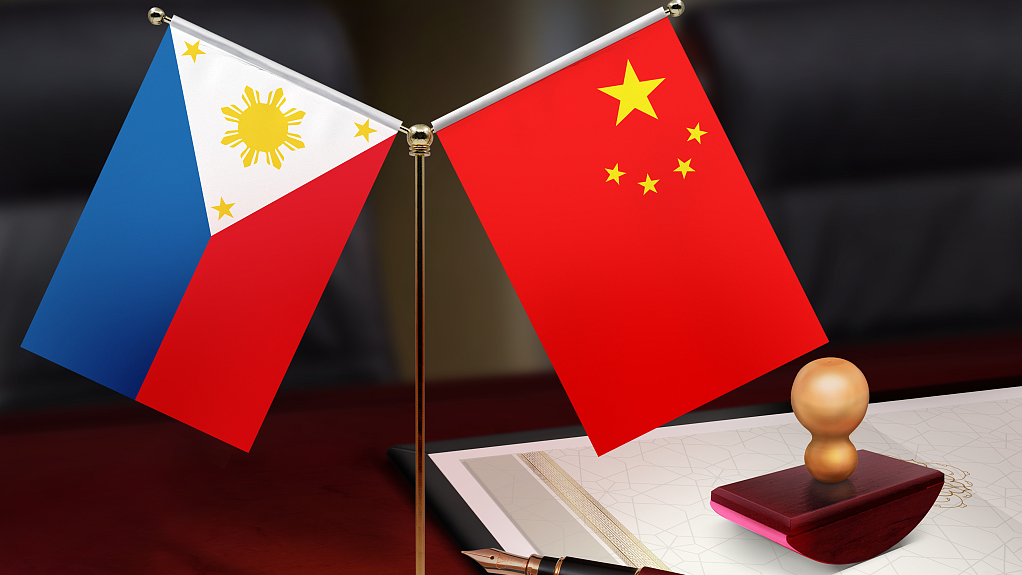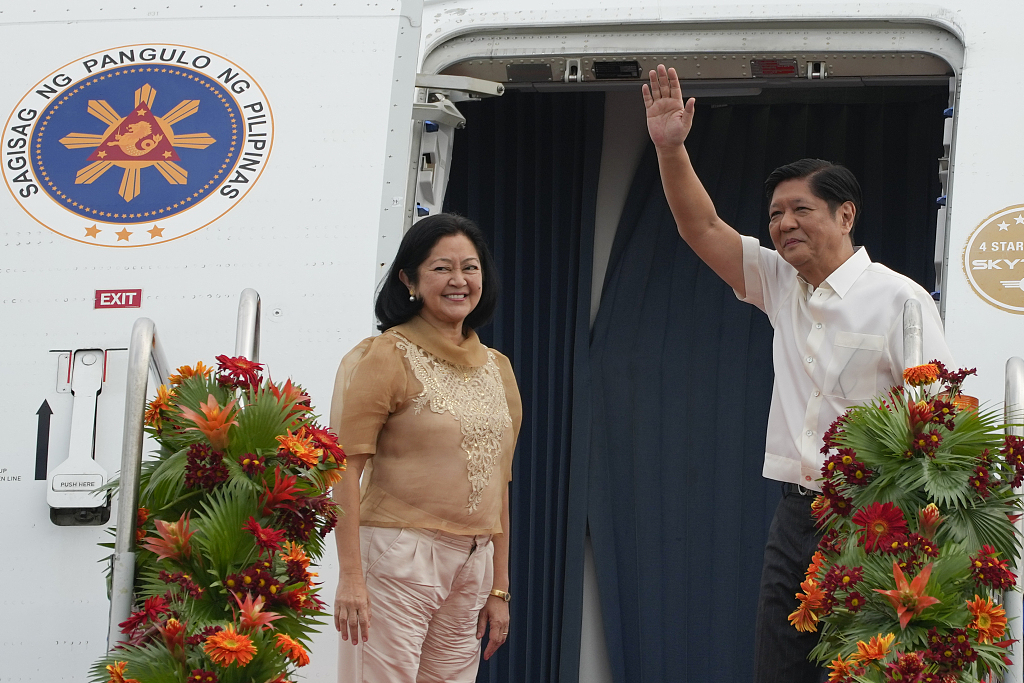
Photo: CFP
China-Philippines relationship has entered a new stage. On January 4, 2023, Chinese President Xi Jinping met with Philippine President Ferdinand Romualdez Marcos Jr. in Beijing during Marcos' three-day state visit to China. This is the first foreign head of state hosted by China in 2023. And this state visit is also President Marcos' first trip to China and his first official visit to a non-ASEAN country.
At the meeting, President Xi alluded to the thousand-years-long engagement between the two countries, and said that despite the differences in national condition and political system, the two countries share similar goals in its developmental path. The two countries have set agriculture, infrastructure, energy and people-to-people engagement as the fundamental pillars of China-Philippines cooperation. And that China is willing to help and work with the Philippines to advance the development in these areas.
The recent years have laid a solid foundation for China and the Philippines. Over the past six years, China-Philippine trade doubled its volume, surpassing $82 billion in 2021. China remained the Philippines' largest trading partner for six consecutive years. Before the COVID-19 pandemic, China was the Philippines' second largest source of tourism income, an industry that contributed 12.7 percent to the Philippine economy in 2018. A total of 1.74 million Chinese tourists visited the Philippines in 2019, an increase of 38.58 percent from 2018.
"We have to show and demonstrate to the rest of the world how important the relationship is between the Philippines and China," President Marcos said during the meeting.
The most important demonstration from the meeting is how the two countries, despite having sensitive problems and conflicting interests on certain issues, could still work together and insulate the overall development of the relationship from these differences. China and the Philippines do have contentious arguments over the South China Sea. Territorial disputes in the region had indeed led to occasional political clash and tensions between vessels on the seas.

Philippine President Ferdinand Marcos Jr., right, waves beside wife Maria Louise as they board a plane for China on Tuesday, Jan. 3, 2023. (Photo: CFP)
During his meeting with President Xi on the sidelines of the APEC Economic Leaders' Meeting in 2022, Marcos stressed that China-Philippines relationship should not be defined by maritime issues. And the fact that the two countries upgraded their relationship despite territorial disputes shows that managing differences while moving forward is not a political slogan, it is an achievable objective. It is achievable to not let one issue define a relationship.
Future needs to be a watchful one. There's continuous pressure to break the relationship up. Provocations from other parties are set to continue. U.S. Vice President Kamala Harris' visit to the Palawan Province was a message of intimidation sent by the United States while standing on the Philippine soil.
For the Philippines, it could be a difficult path. The Southeast Asian archipelagic nation relies heavily on the U.S. for security measures. It is the largest recipient of U.S. military assistance in the Indo-Pacific region since 2015, according to the U.S. Embassy in the Philippines. More than $1.14 billion worth of equipment and training have been delivered to the Philippines. Between 2015 and 2022, the U.S. has conducted more than 850 naval visits to the country. This security relationship, while important to the Philippines, could also be the Trojan Horse in its diplomatic engagement with China.
If the relationship is to continue progressing, both China and the Philippines must be watchful. While keeping the sensitive issues contained and making sure the relationship is not defined by them, both sides need to consolidate the achievements and expand other aspects of the relationship so that enough cushion is created to offset any undercutting from other parties and countries. The relationship has to anchor hard on the pragmatic cooperation that benefits both countries.


